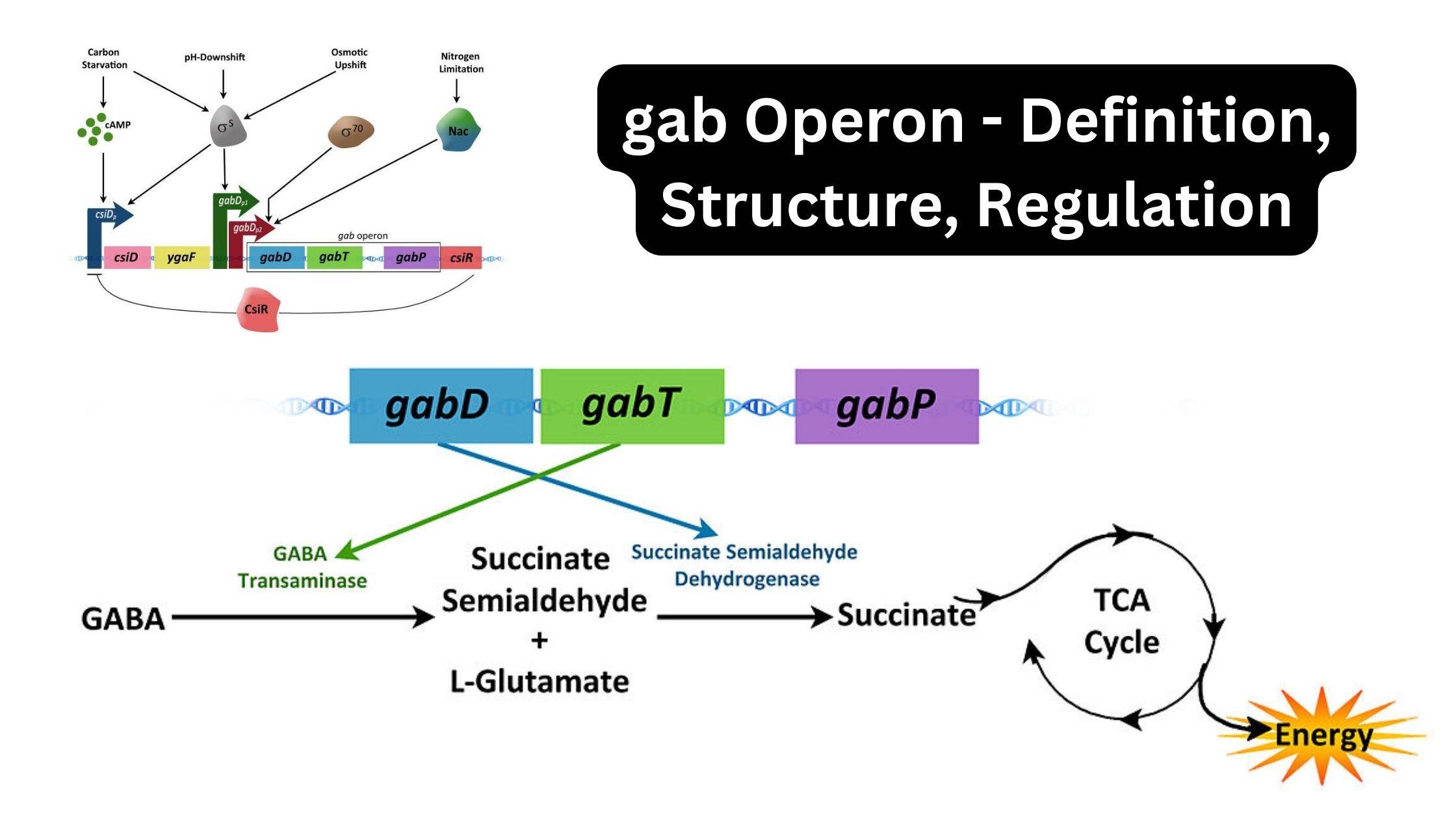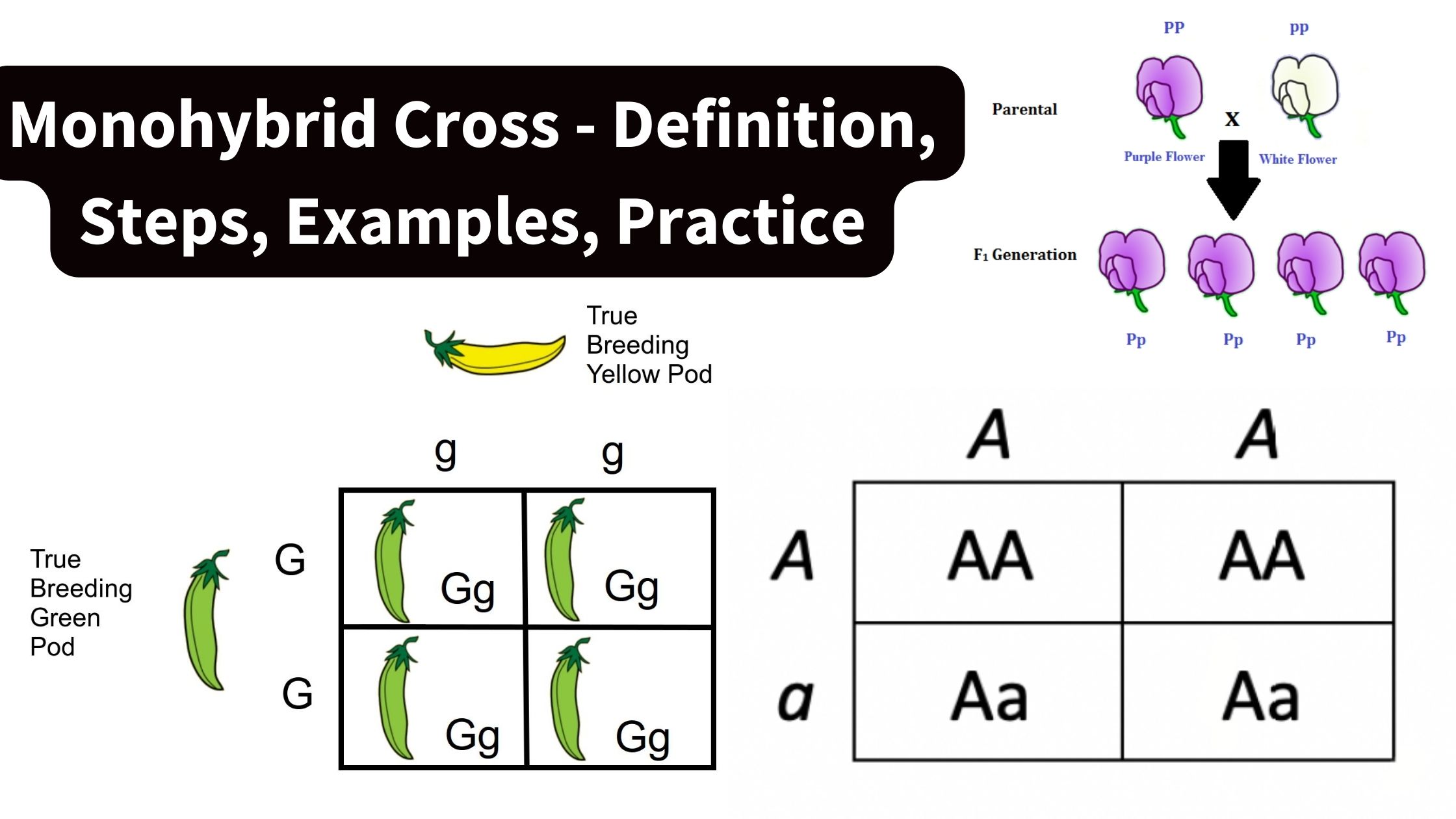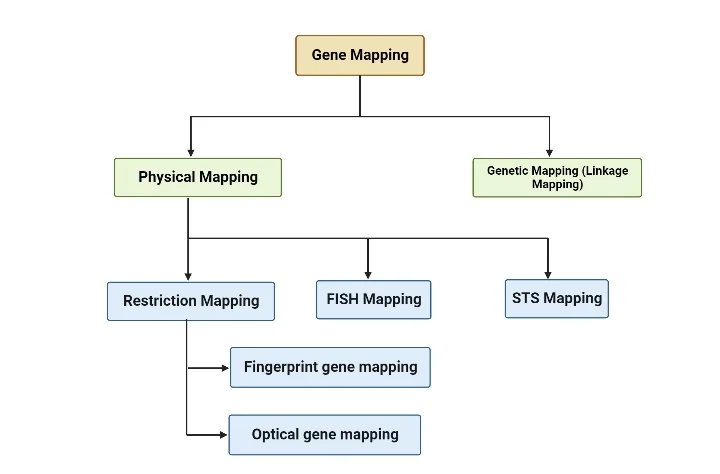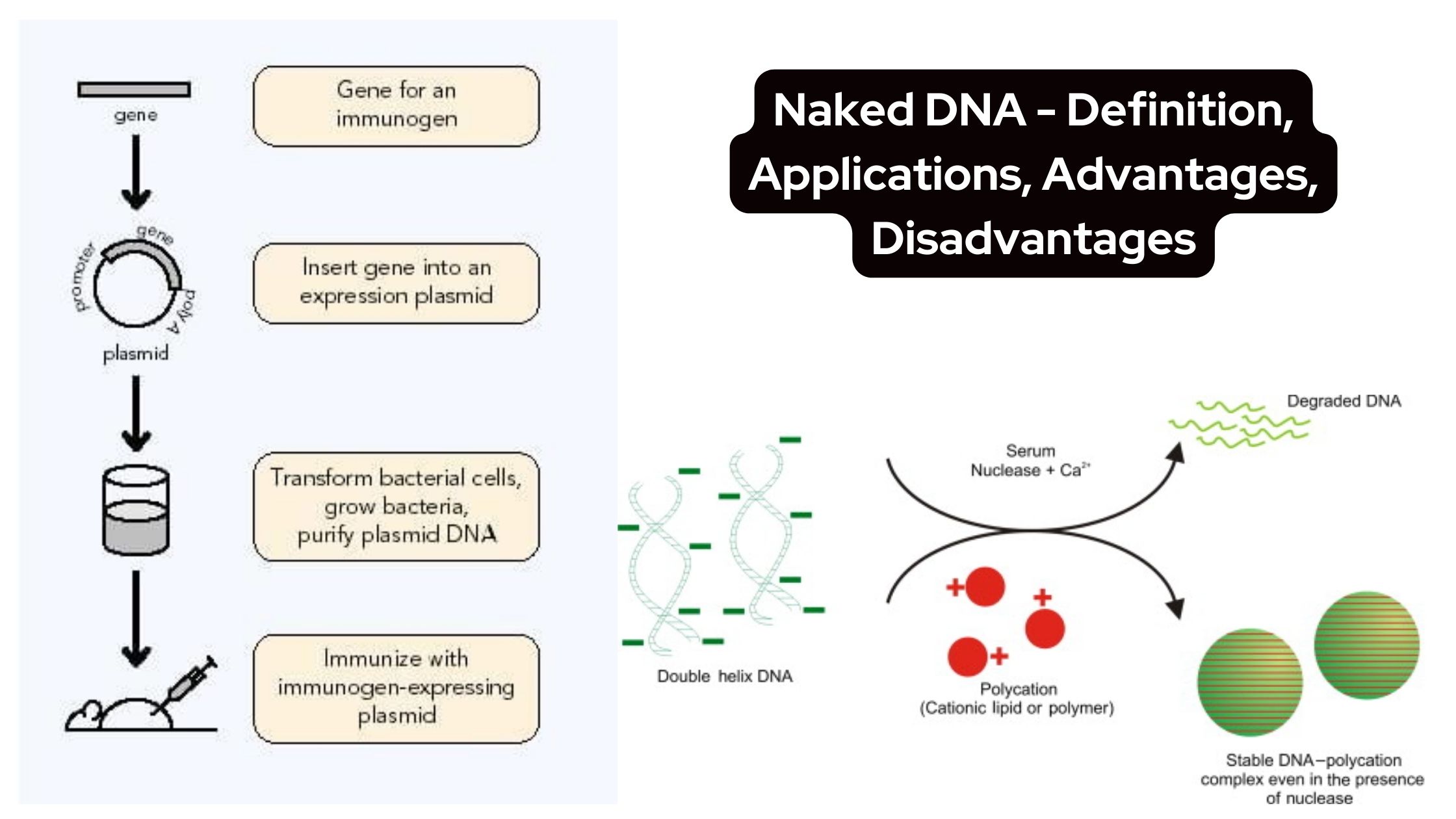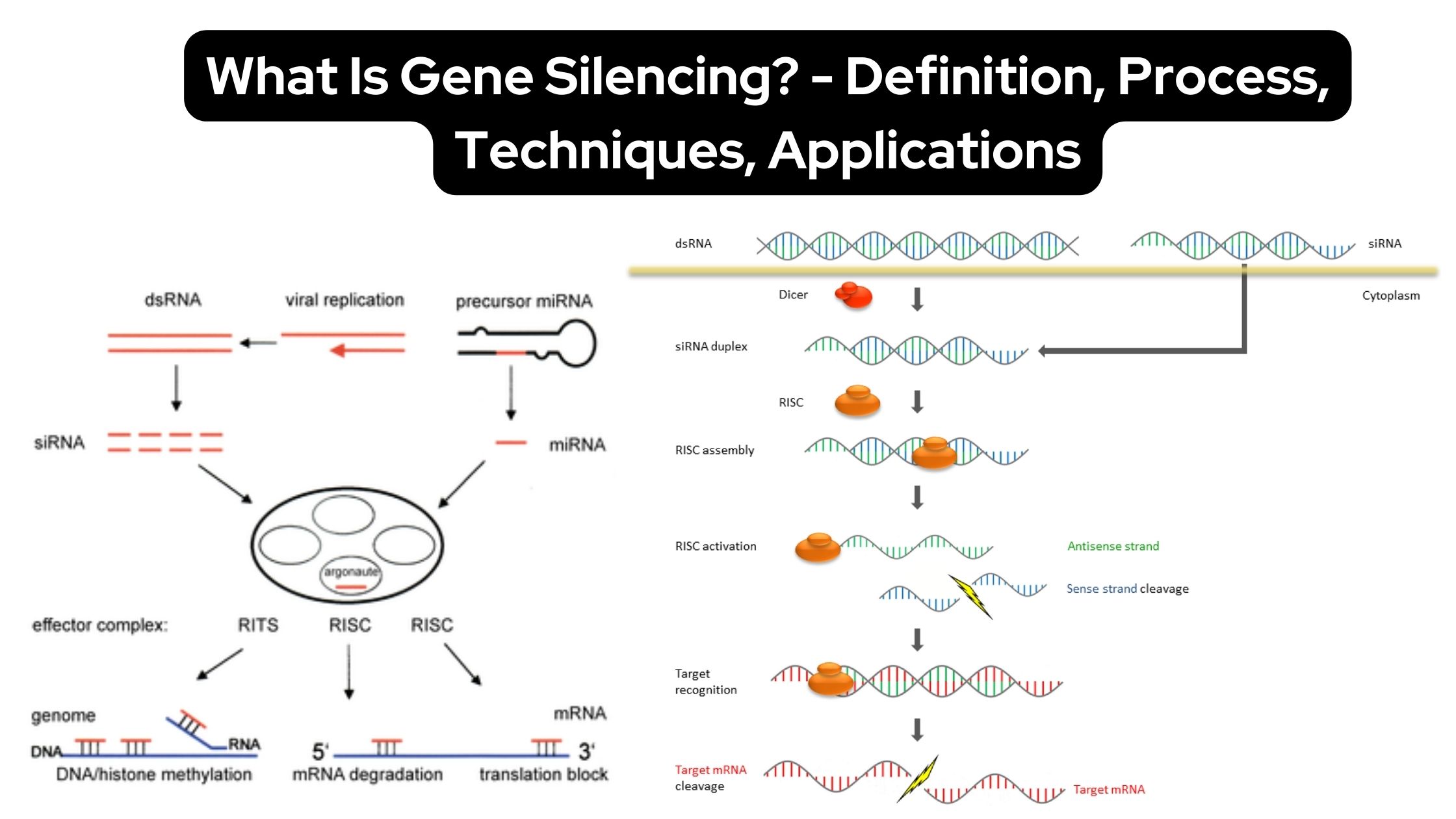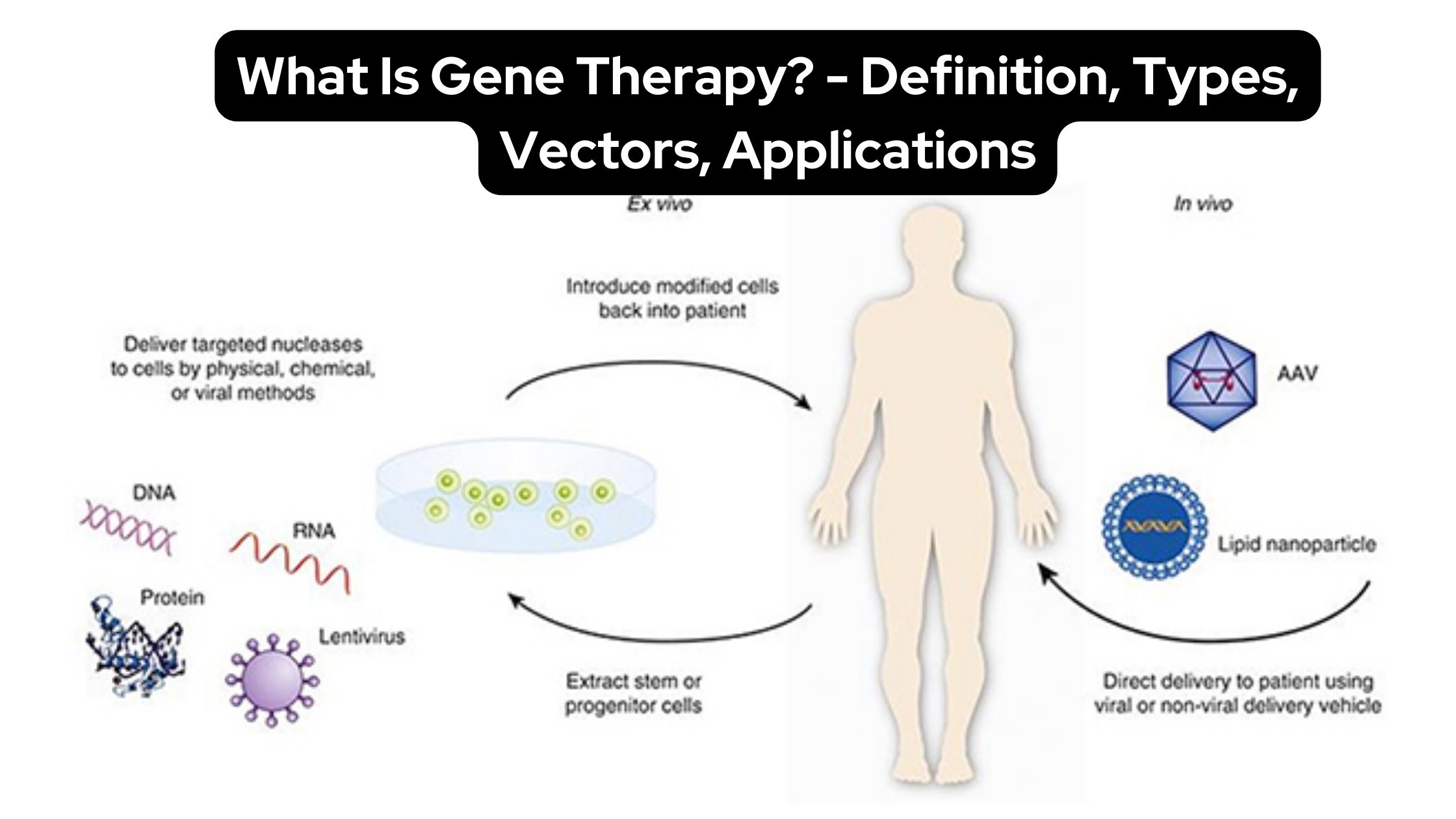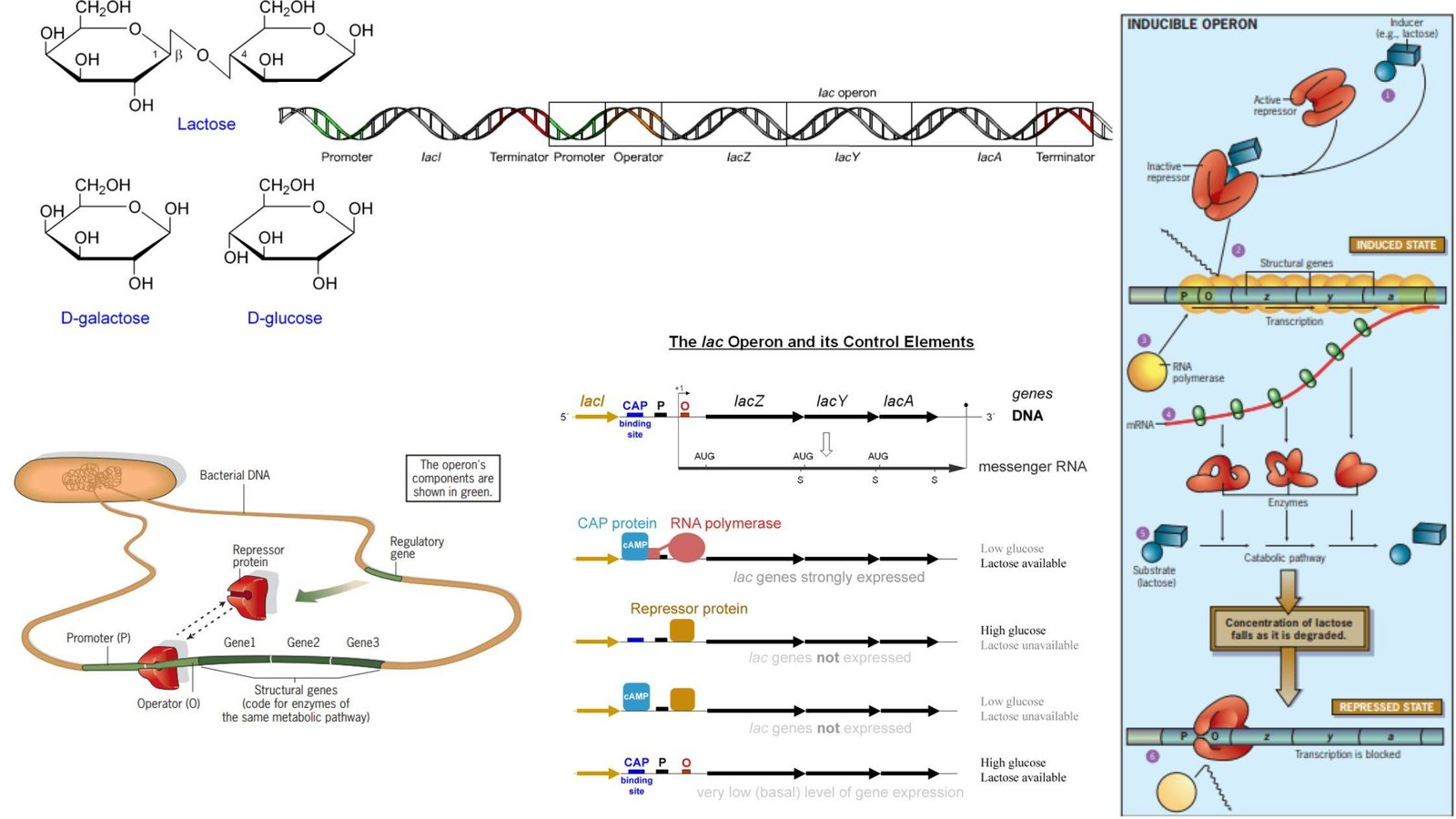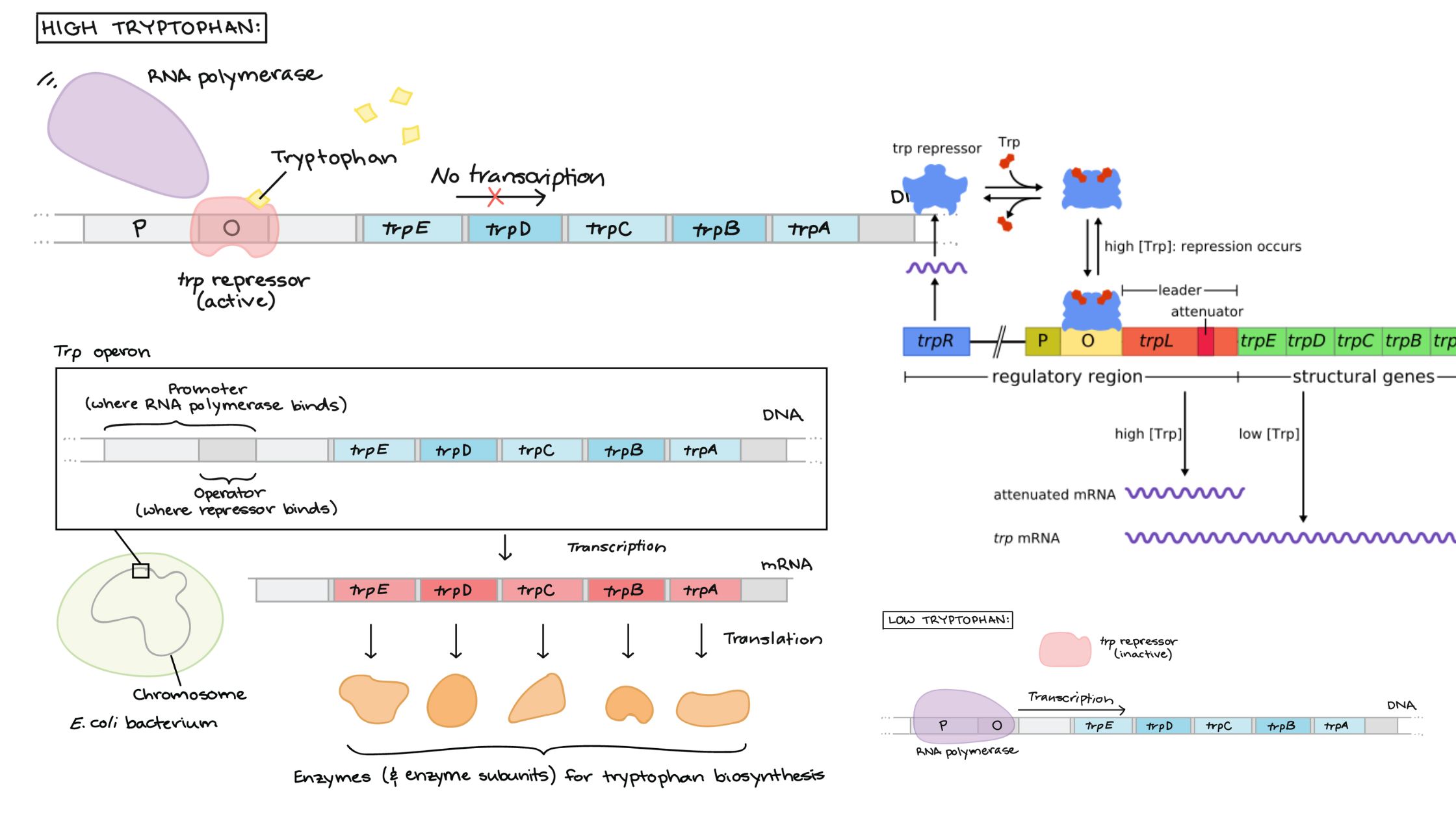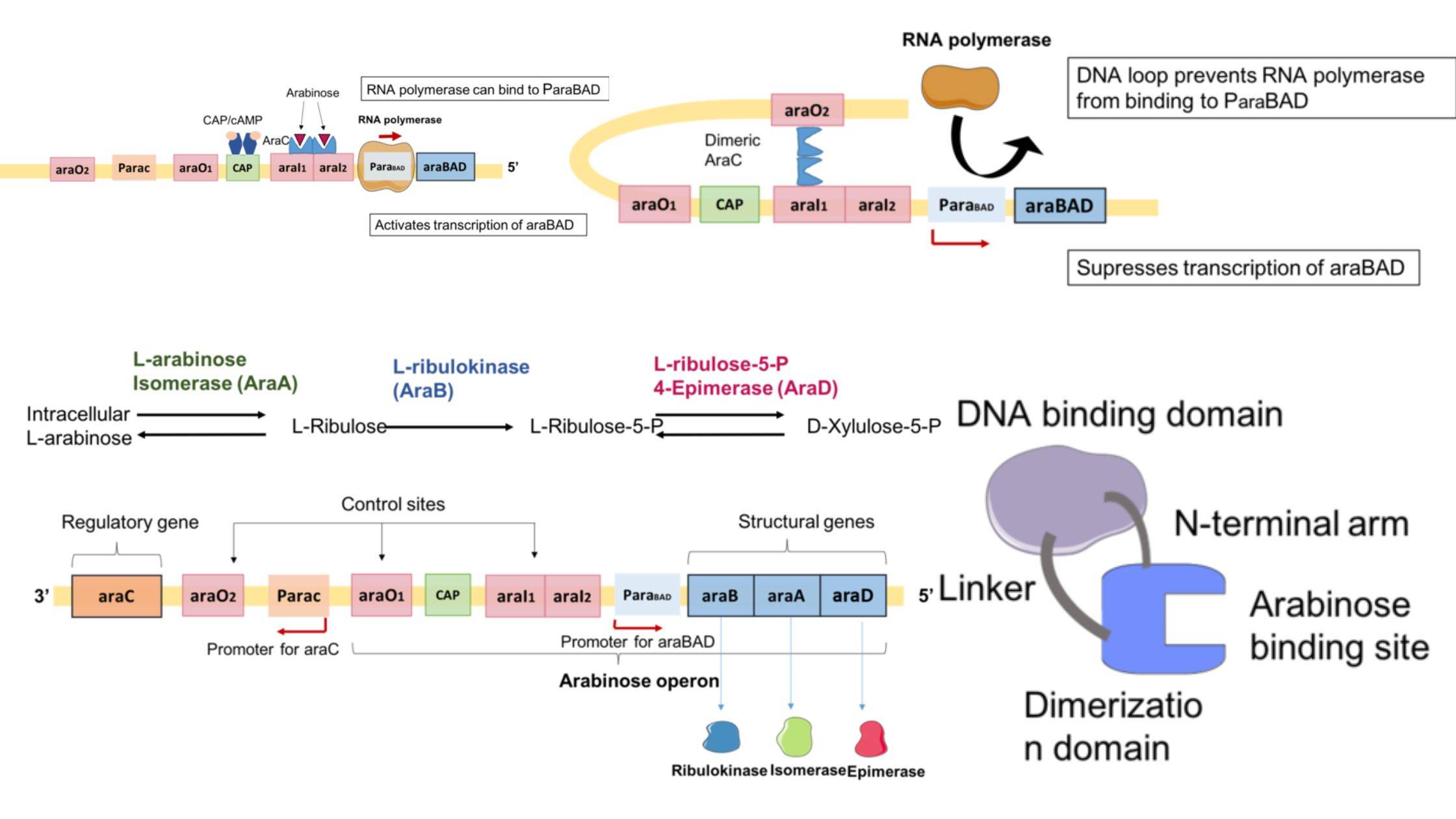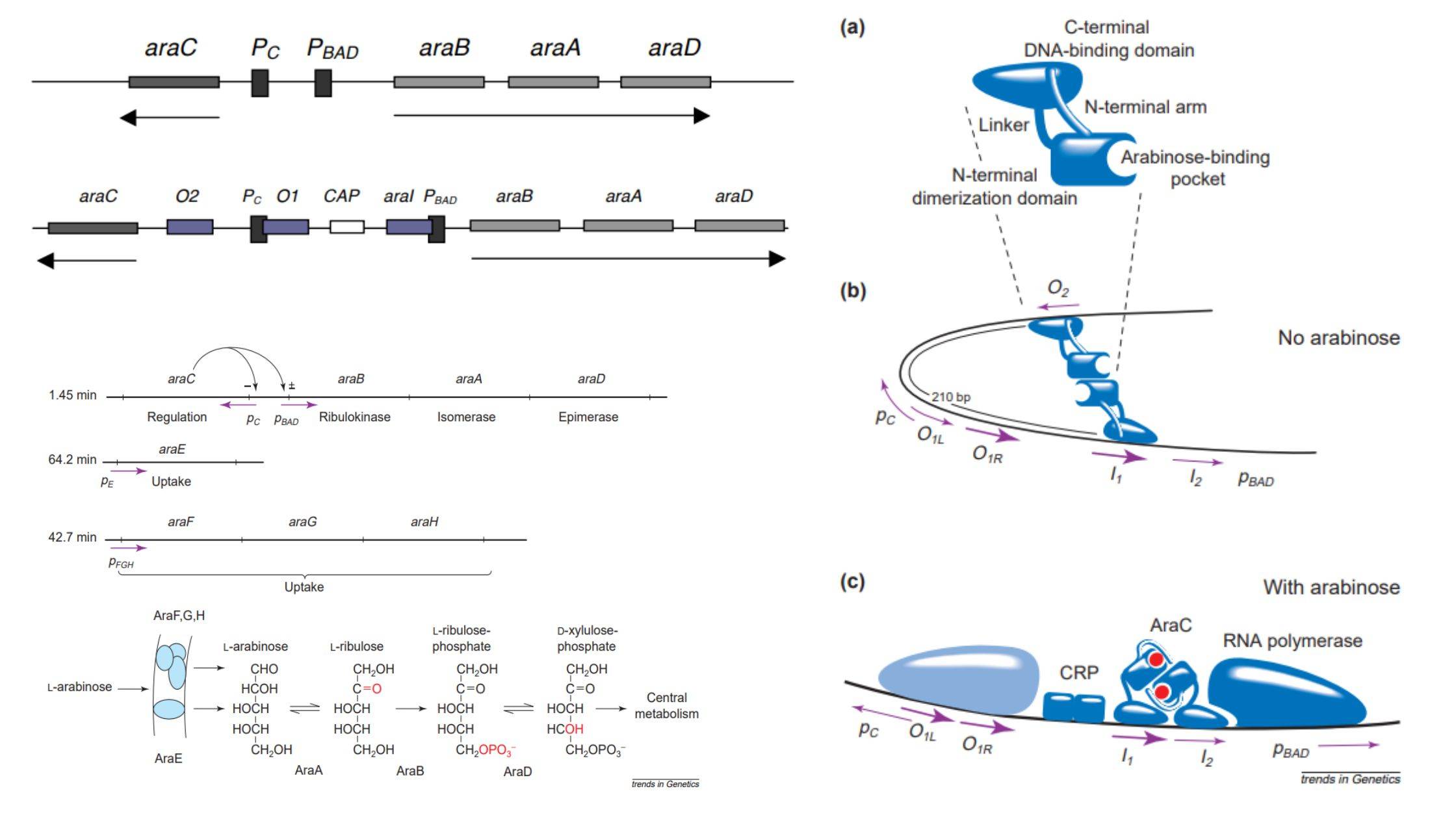gab Operon – Definition, Structure, Regulation
What is gab operon? Structure of gab operon There are three structural genes that make up the gab operon: Regulation of gab operon Differential Regulation of Promoters The expression of the genes in the operon is controlled by three promoters that work in different ways. Two of these promoters are controlled by the sigma factor … Read more
